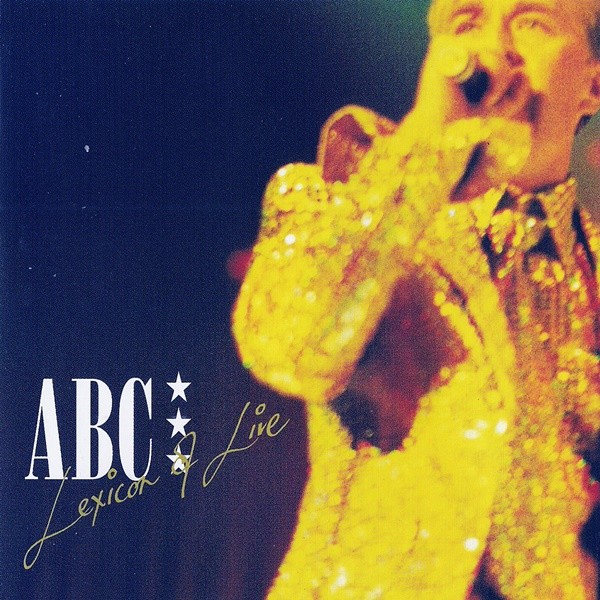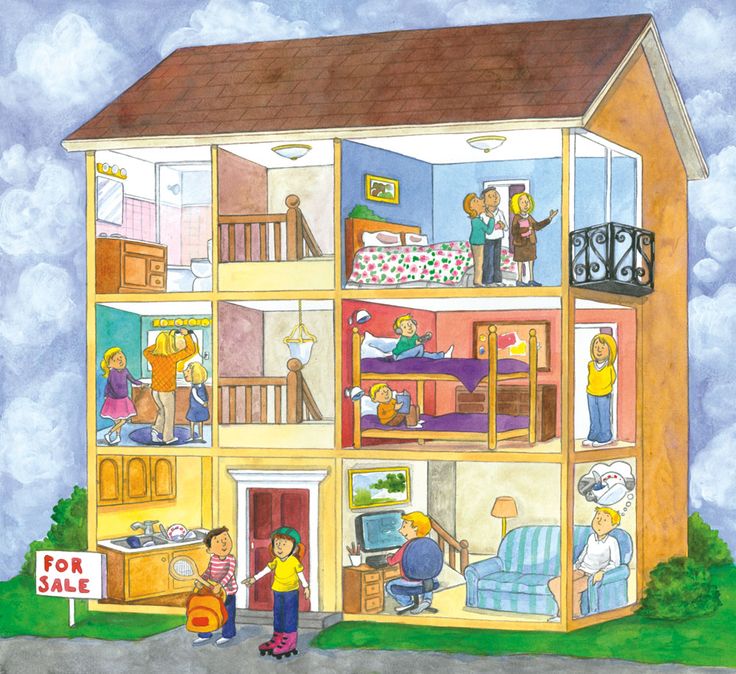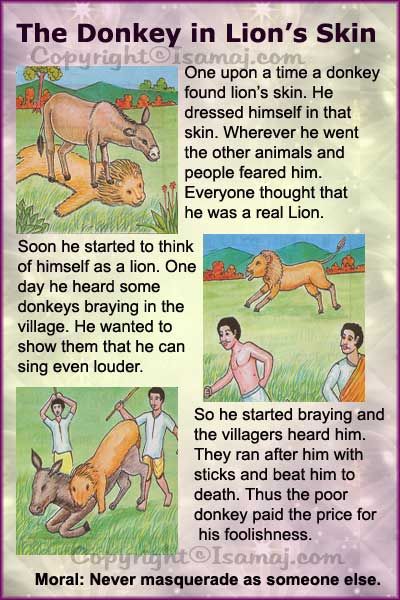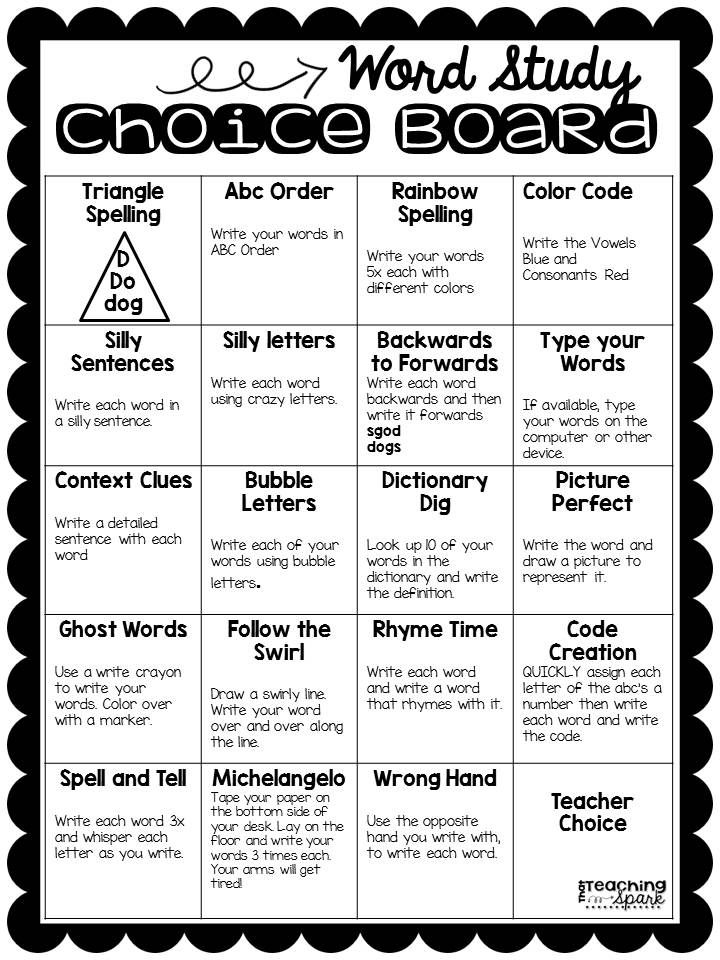Basic colors for preschoolers
How To Help Your Young Child Learn Colors
What are some fun ways to teach colors for kids? If this is a question you’ve been asking yourself, you’ve come to the right place.
As a toddler or preschooler, your child has definitely noticed all the different hues in the world around them, but now it’s time to help them make sense of it all.
Fortunately, teaching your child colors doesn’t have to be an overwhelming task. As you will see below, this can be a fun and engaging learning experience for both you and your child.
With a bit of planning and creativity, your young learner will soon know all the colors of the rainbow and so much more!
Table of Contents
- Why Is Learning Colors For Kids Important?
- Tips To Keep In Mind
- 10 Simple Activities To Teach Colors For Kids
- Make Every Day A Colorful Day
Why Is Learning Colors For Kids Important?
Our world is made up of different shapes and colors. Cars, houses, flowers, trees, buses, fruits, tall city buildings…everything has its own unique visual characteristics.
Before they were even a year old, your child noticed these things, too, but of course, none of it made sense. Now that they are older, it’s time to start piecing together all the information from their environment.
Teaching your child colors will help them make sense of the world around them. But did you know that understanding colors can also impact language skills and overall learning?
It’s true! As your child begins to understand that words represent objects, they’ll also realize that some words can describe certain features of those objects.
For example, blue can describe the sky, a blueberry, and a blue crayon. As your child starts to use color words to describe the things around them, they are also building their vocabulary and becoming better communicators.
But language isn’t the only academic skill built through lessons on colors for kids. Perhaps the most surprising of all is how learning colors can help introduce children to basic math skills. How?
Remember that every time you introduce your young learner to a new color, their brain actively works to process the information.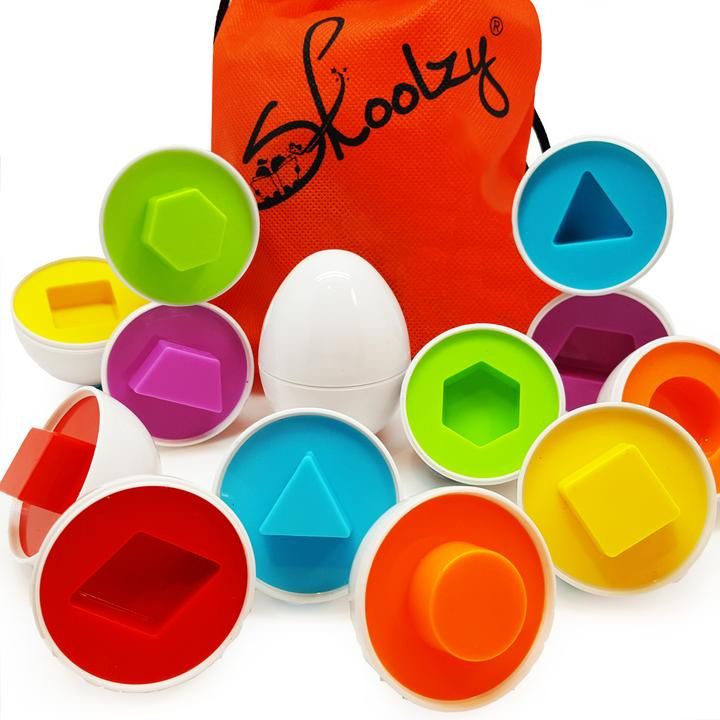 A lot of organizing, categorizing, and comparison takes place when sorting different colors and shapes.
A lot of organizing, categorizing, and comparison takes place when sorting different colors and shapes.
Examining something and identifying attributes, such as color, is an essential skill for math. So, in the future, when they’re trying to tell if a shape is an octagon or a hexagon, they’ll use the same visual discrimination skills they learned when learning colors.
(Note: If your child seems to have trouble distinguishing colors, they may be color blind. Contrary to popular belief, that doesn’t necessarily mean they don’t see colors at all, but it can make school more difficult for them down the road [i.e., reading off a chalkboard].
If you suspect your child may be color blind, ask your child’s pediatrician or eye doctor about getting them tested.)
Now that you’re clear on all the incredible benefits of teaching colors for kids, you probably want to start helping your child master them!
Before we get started on that, here are some basic tips to keep in mind when practicing colors with your child.
Tips To Keep In Mind
It can be challenging to teach colors to a toddler simply because there are so many contrasting colors constantly around us.
Adding to that challenge is the fact that many different shades of one color exist. For example, there are several reds (think: maroon, crimson, scarlet, etc.), but they are all called “red.” This can be tricky for children learning colors.
Have no fear! We’re here to help. The following are some basic tips to keep in mind as you help your young learner understand colors.
1) Start With The Basics
Think about how we can quickly calculate our change after buying something at a store or spell a new word correctly after hearing it for the first time. This is possible because we understand the basics of math and the English language.
The same approach needs to be applied when teaching colors for kids. It’s best to start with the primary colors (red, blue, and yellow), and once your child gets comfortable with these, move on to other hues.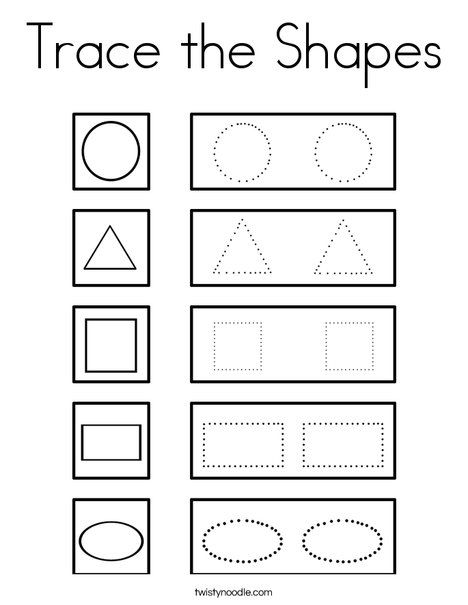
If you’re still in the primary colors stage, what simple efforts can you take to help emphasize these colors in your everyday life?
Here are a few examples:
- When you’re having dinner — “Do you want to use this blue plate?”
- When you’re taking the dog for a walk — “Look at that yellow car.”
- When it’s time to play — Hand them only red, blue, and yellow objects. If they have building blocks, ask them to sort only the red, blue, and yellow blocks.
Once your child is familiar with their primary colors, you can move on to other basic colors, such as green, orange, purple, black, white, brown, and gray.
A great way to help children learn about colors is by interacting with them. We love this sensory game that lets kids practice naming colors and discover what happens when you combine them.
2) Choose Contrasting Colors For Kids
As we mentioned earlier, there are so many different colors in this world that sometimes children can find it challenging to tell them apart. It’s even more difficult when the colors are similar (e.g., red, maroon, orange, etc.).
It’s even more difficult when the colors are similar (e.g., red, maroon, orange, etc.).
For this reason, it’s best to first focus on the hues that are clearly distinguishable before introducing similar colors.
3) Help Them See Color Categories
Once you’re confident that your child knows their basic colors, you can start introducing similar colors (olive green, forest green, etc.). Most of these can be found in the world around you.
As explained, similar shades can be challenging to learn, so in the beginning, the focus shouldn’t be on having them learn all the different terms but, rather, exposing them to the idea of categories.
To help your child recognize the differences between shades, point out an object and name its color. Then, ask them to find other things that are the same color. For example, you could say, “This is a blue sock. Can you find me anything else that’s blue?”
When they find another blue object, talk about what you notice. For example, is the blue the same on both things, or are there differences? Is one lighter or darker than the other? Do either look like a brighter blue?
These simple conversations can help your child as they begin expanding their definition of the color blue.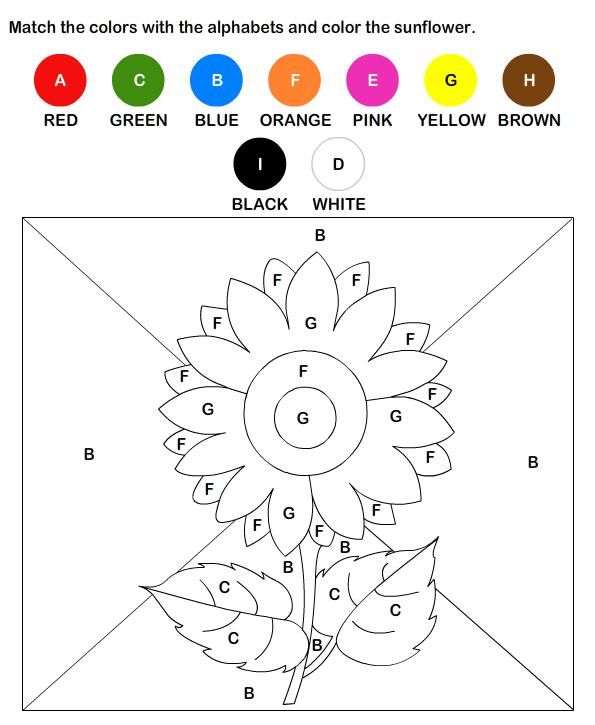
4) Point Out The Connection Between Colors And Feelings
In English, colors aren’t only used to describe how something looks. We also use color terms to express our emotions.
For example, when we say somebody is “feeling blue,” they’re sad. Similarly, if someone is “seeing red,” they’re angry.
While you don’t need to detail the emotions associated with each color at this age, you can make your child aware that feelings and colors are connected.
They can start to use colors to express themselves, a skill that helps them better understand their emotions. This ability is one of the social-emotional topics your child can practice with the Learn with Sesame Street app, powered by HOMER.
10 Simple Activities To Teach Colors For Kids
Learning about colors can be a wonderful part of playtime with your child. To help your child practice their colors, use these engaging activities.
1) Colorful Necklace
Children are often curious and enjoy exploring different colors and materials. This means that when teaching them about colors, the more engaging the activity the better — like using colorful beads to create necklaces.
This means that when teaching them about colors, the more engaging the activity the better — like using colorful beads to create necklaces.
What You’ll Need:
- Colorful beads (in primary colors)
- Yarn or necklace string
What To Do:
After teaching your child the primary colors, try creating a red, blue, and yellow necklace. Tie a knot on one end of the string. Then, show your child how to string beads onto it.
This necklace can be in a pattern or not. It’s really up to you!
When creating the necklace, remember to name the colors you use and encourage your young learner to repeat them.
Note: While working with small items, it’s essential to use safe and non-toxic materials and keep an eye on your young child at all times.
2) Finger Painting
Engaging your child’s senses is one of the most effective ways to help them learn new concepts. That’s what makes finger painting so great for teaching colors!
What You’ll Need:
- Finger paint (in primary colors)
- Finger paint paper
- Newspaper
What To Do
Put a few pieces of newspaper on your table to protect it from spills.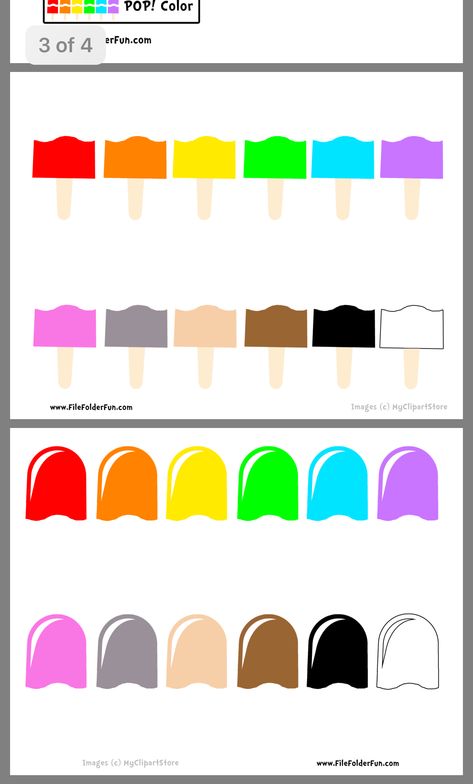 Then, place your child’s finger painting paper on top.
Then, place your child’s finger painting paper on top.
Let them go to town using their fingers to create beautiful, colorful pictures. You can use the three primary colors in finger painting and mix them up to form secondary colors (purple, green, and orange).
During the activity, speak about the colors your child is using and the colors that are formed while mixing.
Once the painting is complete, let them tell you about what they created. Encourage them to use color words while they’re describing the artwork.
3) Same Objects, Different Colors
As you teach your child different colors, they may begin associating certain colors with specific objects. For example, if you show your child a red apple, they may associate the shape of the apple with red.
It’s essential to show your child another color apple (e.g. a green one) so they understand that you’re referring to the color of the object, not the object itself. This activity helps you do just that.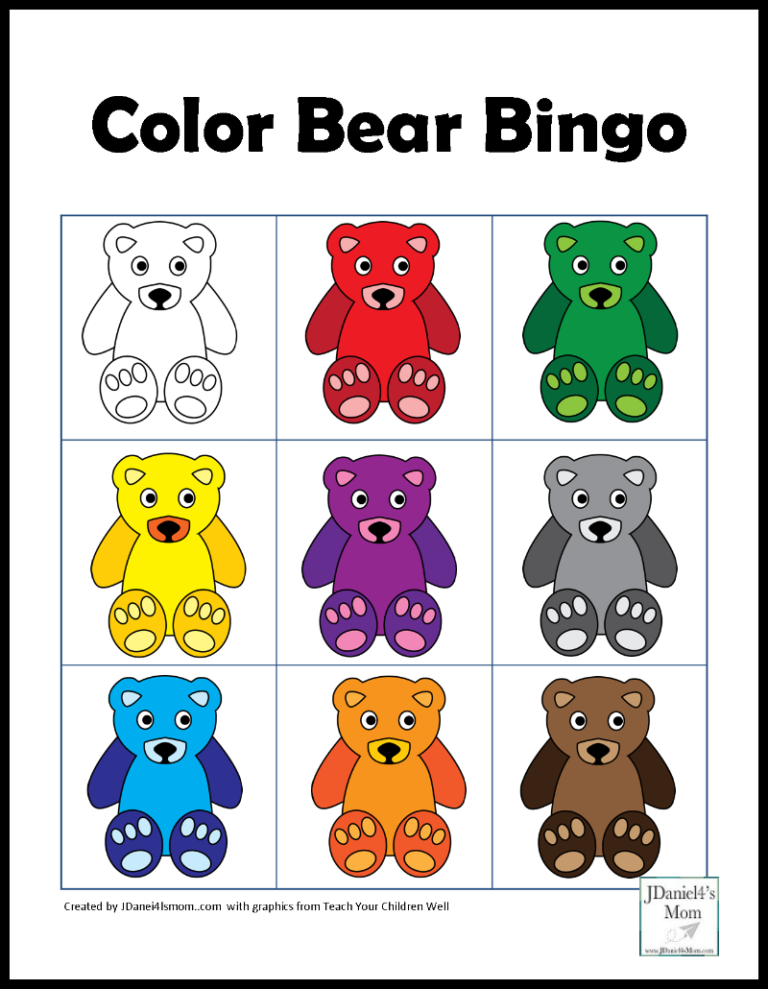
What You’ll Need:
- Two or more objects that are the same except for their color (such as apples, blocks, crayons, etc.)
What To Do:
Hand your child one of the objects and ask, “What color is this?” Once they answer, you can ask, “Are all (objects) this color?”
This will help them start thinking about colors in the world around them. If they aren’t sure, hand them the other object and ask them what it is. Reinforce that it’s the same type of thing as the first one, but it’s in a different color.
To help them further understand, sorting activities can be effective. For example, ask your child to sort the different colors of the same object (e.g., multi-color blocks).
As they get older, you can also encourage them to sort by the object, regardless of color. This will help your child continue developing skills of categorizing.
4) Read About Colors
There are lots of amazing children’s books that speak about colors. While reading to your child, be sure to point out all the colors in the book.
What You’ll Need:
- Books about colors (use your favorite or see our recommendations below)
What To Do:
Grab a book about colors and read it aloud to your child. As you go through each page, talk about the colors you see. Then, you can ask your child to point to things that are different colors. For instance, you can say, “Do you see anything orange on this page?”
This teaches your child to scan the entire picture and focus on the details. As they look for one specific color, they’re practicing their visual discrimination skills, which they’ll use throughout their lives.
Here is a list of some incredible books that will help bring fun and entertainment into learning about colors:
- Brown Bear, Brown Bear, What Do You See?
- A Color of His Own
- The Day the Crayons Quit
- Baby, See the Colors!
- What Makes a Rainbow?
However, don’t feel limited to reading only books about colors. You can talk about the different hues on the pages of any picture book.
You can talk about the different hues on the pages of any picture book.
5) Create A Color Mixing Sensory Activity
When your child uses their senses while they’re learning, they create stronger neural connections, and this helps them better remember the information.
This activity also gives your child a chance to explore colors creatively. It allows them to experiment and see what happens when combining two colors.
What You’ll Need:
- Icing or shaving cream
- Food coloring
- Two small bows
- Toothpick or spatula
- Large zip-top bag and tape, or cookie sheet (The cookie sheet option is more tactile. However, you can opt for the bag if you’re looking for low-mess.)
What To Do:
Start by filling your zip-top bag with icing or shaving cream. Next, choose two colors of food coloring and add each color into the bag. Tape it down to a working surface. Your child will then need to mix the colors with their little fingers.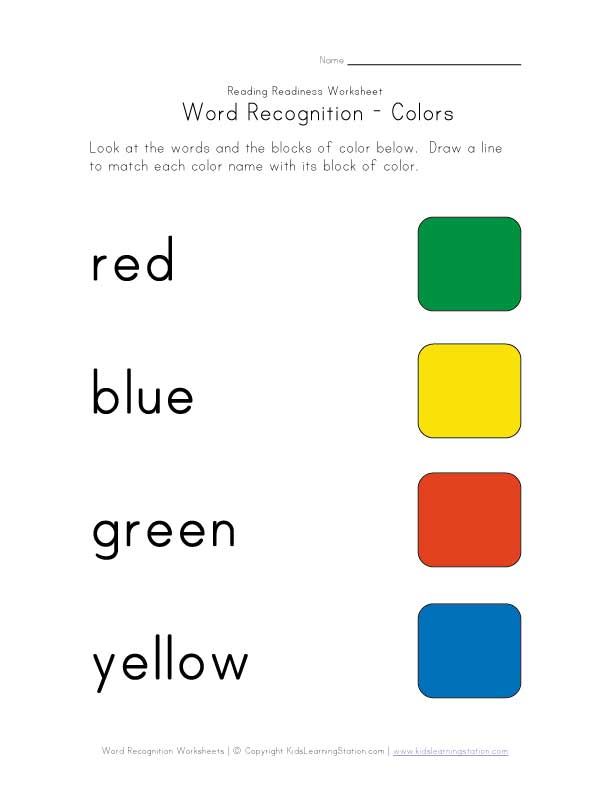
Grab the two small bowls and put icing or shaving cream into them. Add one to three drops of color into the bowl and fold the color into the icing or cream.
You can then scoop the colored icing or cream into the bag or onto the cookie sheet and let your child mix the colors.
This is a fun activity to help children learn that colors are not necessarily stagnant, and mixing them will help produce a different color.
See more details here!
6) Sing Color Songs
Kids love to sing along to fun songs. You can take advantage of this natural love for singing to help your child learn about colors. And the best part is that these silly songs are usually pretty catchy, so your child will likely sing them long after the activity ends.
What You’ll Need:
- A way to play a song for your child to listen to (such as your phone or a computer)
What To Do:
Play a song for your child and start singing the lyrics. Then, repeat it a couple of times to help them learn how it goes.
Once they know the words, you can sing the song anywhere to review colors for kids on the go.
Not sure where to start? Check out our fun activity here that helps teach children pantone colors.
You can also sing some of our favorite songs:
- “It’s Not Easy Being Green” by Kermit the Frog
- “The Color Song” by Bryant Oden
- “Colors of Our Clothes” by David Burba and Lisa Campbell
- “Colors All Around” by Jack Hartmann
- “Jenny Jenkins” by Lisa Loeb
- PANTONE Colors: The Song
You can find these songs on YouTube, or search our Learn & Grow app. Happy singing!
7) I Spy Colors For Kids
This classic game is perfect for teaching colors to kids. Since it doesn’t require any materials, you can play it anywhere.
What You’ll Need:
- Nothing!
What To Do:
Look around you at all the different colors. Then, secretly pick out one object that only has one main color. Tell your child, “I spy something (insert color here). ”
”
For example, you might say, “I spy something blue,” if you’re looking at a blue shirt. If your child correctly guesses the object, then it’s their turn to pick the next thing and give a clue about its color.
8) Tell A Colorful Story
Encourage your child to use the magnets from the HOMER Explore Letters Kit creatively. Have them use the pieces to tell a story and remind them to add some color words to their telling.
What You’ll Need:
- Explore Letters Kit from HOMER
What To Do:
Set up the magnetic story box so it’s ready to go. Go through the magnets and pick out a few that you could use to tell a fun story.
Using the pieces and the magnet backdrop, tell your child a story. As you speak, remember to weave some color words into the tale. For instance, you might say, “The bright pink flamingo decided he wanted to play ball with the brown monkey.”
You’re modeling the activity for your child as you tell a story. When you finish, let them tell a story of their own.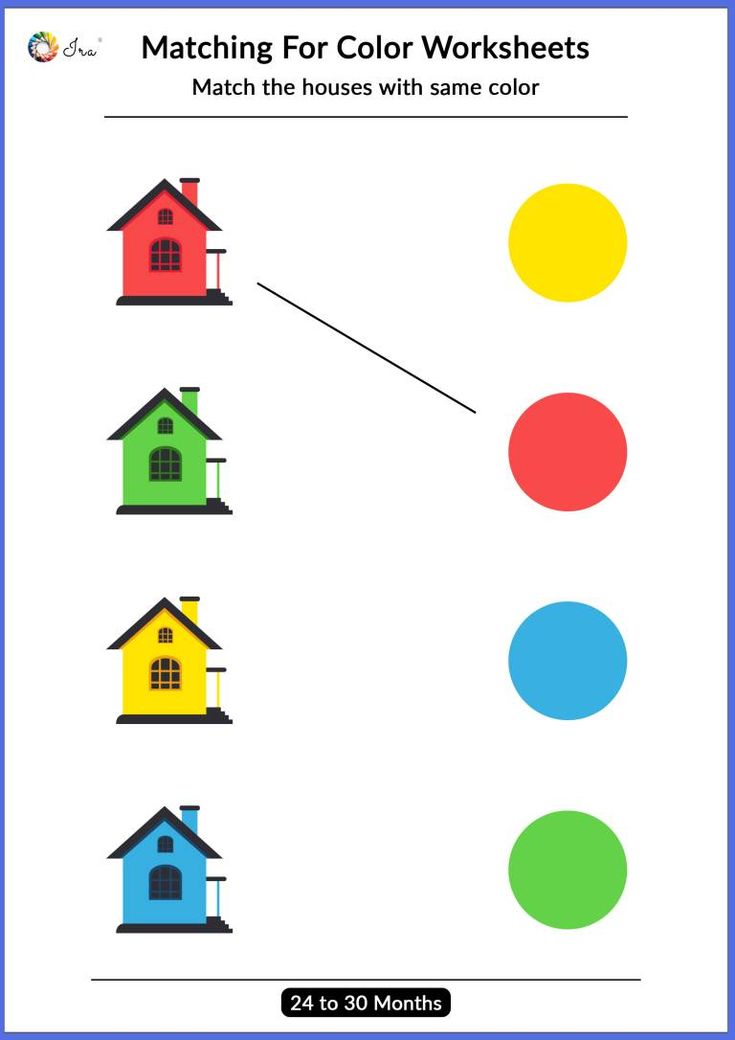 You might notice they simply copy your story at first, and that’s okay.
You might notice they simply copy your story at first, and that’s okay.
Keep playing, and it won’t take long before your child can tell a story all their own.
9) Make A Picture
This activity is perfect for a rainy day. It’s a fun way for creative kids to practice making something with colorful paper strips.
What You’ll Need:
- Construction paper in all sorts of colors
- Scissors
- Glue or tape
- A white sheet of paper
What To Do:
If your child knows scissor safety skills, have them cut the construction paper into strips of different colors. (Otherwise, you cut them.) The strips can all be the same width, or you can mix them up.
Once you have a nice pile of colorful strips, invite your child to glue or tape them onto the white sheet of paper to create a design of their choice. When they are done, talk to them about their colorful picture and have them tell you all about what they created.
Mix things up the next time you do this activity by using circles, squares, or various shapes at once instead of strips.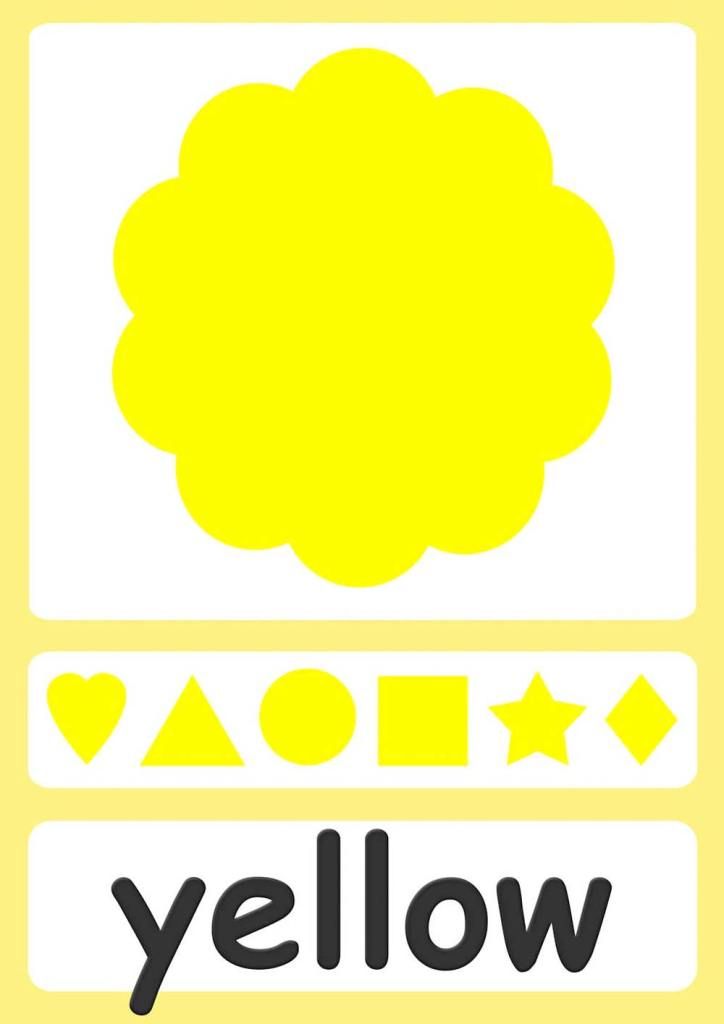
10) Design A Color Scavenger Hunt
This activity is perfect for kids who love to move around. It’s also a great way to review all the different colors they’ve learned.
What You’ll Need:
- A sheet of blank paper
- Colored pencils or crayons
- A pencil or pen
- A basket or bag
What To Do:
Create a scavenger hunt for your child by drawing boxes on a blank sheet of paper with colored pencils or crayons. Fill in each box with the color it represents to make it easy for your child to identify it.
Quickly review the colors with your child. Point to each box on the sheet and have them tell you the color.
Then, challenge them to find an object around the house for each color. Once they find something, have them put it into the basket or bag. Next, show them how to use the pencil or pen to put an X or a check through the color box they found.
Have them continue searching for items until they have a basket or bag full of colorful objects.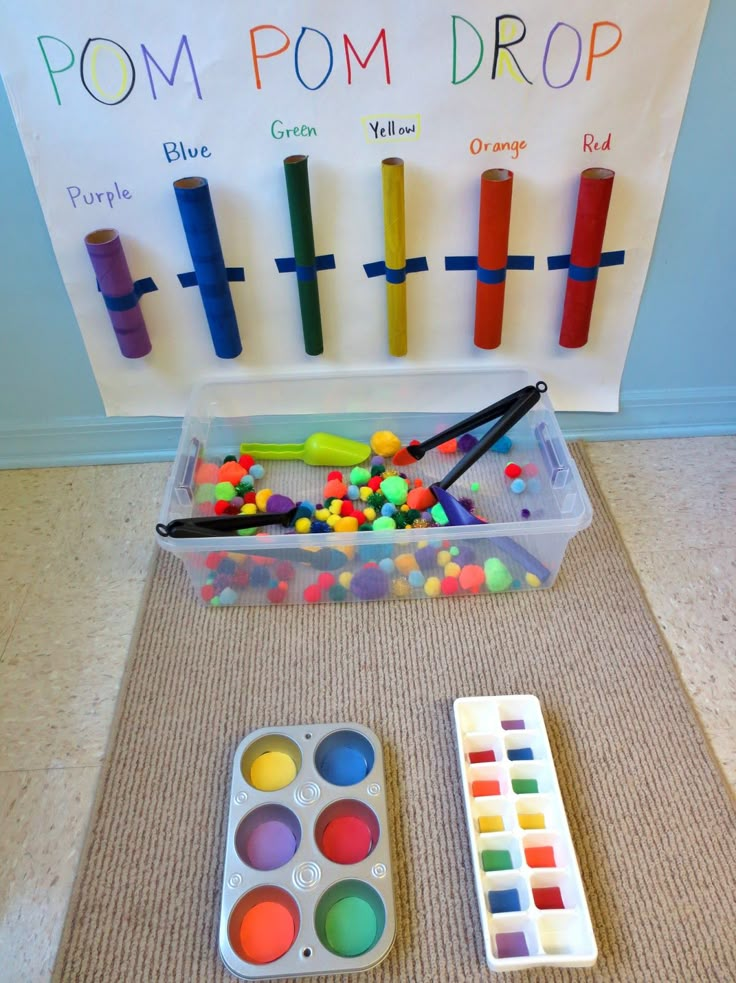 Take time to have them tell you the color of each thing they found.
Take time to have them tell you the color of each thing they found.
Make Every Day A Colorful Day
Colors are all around us, and your child has most likely already noticed these different hues without tagging them with color names. However, colors for kids are an important part of childhood development and math prep.
This is where you come in. Armed with the activities above, you can help make learning about colors fun and exciting.
When teaching colors for kids, remember to start with the primary hues and then gradually introduce more. With patience, your young learner will soon recognize all the colors of the rainbow — and so many more!
For more fun learning activities, check out the Learn & Grow app, powered by HOMER.
Author
10 Ideas for Teaching Colors to Preschoolers with Free Printable -
If you’re looking for some ideas for teaching colors to preschoolers, you’ve come to the right place. Teaching colors is just one of many skills preschoolers need to have mastered before entering kindergarten, and here I’m sharing ten color activities for toddlers and preschoolers alike.
***This post includes a free printable, too, so be sure to grab it from the end of the post!***
Ideas for Teaching Colors to Preschoolers and Toddlers
Teaching colors to preschoolers is can easily be done through everyday life experiences. In fact, that’s how many children learn their colors. Parents and caregivers naturally point out color attributes on the objects in young children’s environments.
“Bring me the red cup.”
“Do you like your blue shoes?”
“Do you want the pink cookie or the yellow cookie?”
The more the parents and caregivers draw attention to colors in the preschooler’s environment, the easier is may be for them to learn their colors.
That’s how preschoolers and toddlers naturally learn color names.
When I was a young mother and new teacher, I didn’t realize that colors also needed to be directly taught to children. You see, my oldest very naturally picked up on colors from our daily activities. It was easy for him to match colors. He was quick to remember colors after they were named. In fact, he already knew four of the six rainbow colors by the time he was 18 months.
He was quick to remember colors after they were named. In fact, he already knew four of the six rainbow colors by the time he was 18 months.
I thought all children were like this.
But as I had more children and as my teaching experience grew, I realized that while some preschoolers and toddlers have their color taught to them by the environment, many do not. Many children require more exclusive, play-based activities to help them learn colors.
Printables for Teaching Colors to Preschoolers
Knowing colors is one of the few skills that really does need to be mastered before entering kindergarten. By the end of the year, preschoolers should be able to not only match rainbow colors (including brown, black, white, gray, and pink), but they should also be able to name colors.
More advanced preschoolers should be able to identify significant color variations, too. (Like the difference between light pink and dark pink, for example).
To help my preschoolers learn their colors, I’ve created a number of color sorting mats.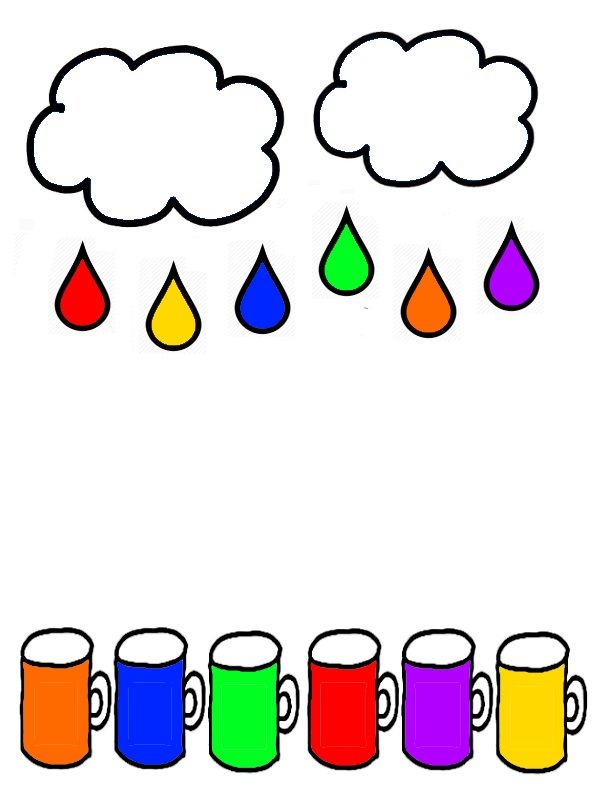 You can find some of them below. But these are only some of my ideas for teaching colors to preschoolers.
You can find some of them below. But these are only some of my ideas for teaching colors to preschoolers.
This post also includes a free printable for teaching colors in preschool, which you can download at the end of this post.
You will also find other free printables and activities I have used to teach colors to preschoolers.
FREE Rainbow Christmas Tree Color Sorting Mats
Color sorting is one of the best ways to start teaching colors, especially to preschoolers who haven’t had a lot of “color exposure” before coming to preschool. These mats are a colorful (pun intended) and fun addition to your Christmas activities.
Color sorting mats are also my favorite way to introduce toddlers to color concepts. Be sure to read at the end of this post all the different color activities for preschoolers that you can do with this one printable!
Materials
- free Christmas tree printable
- color manipulatives
The Set Up
Print the Christmas tree color sorting mats in color in cardstock and laminate for added durability.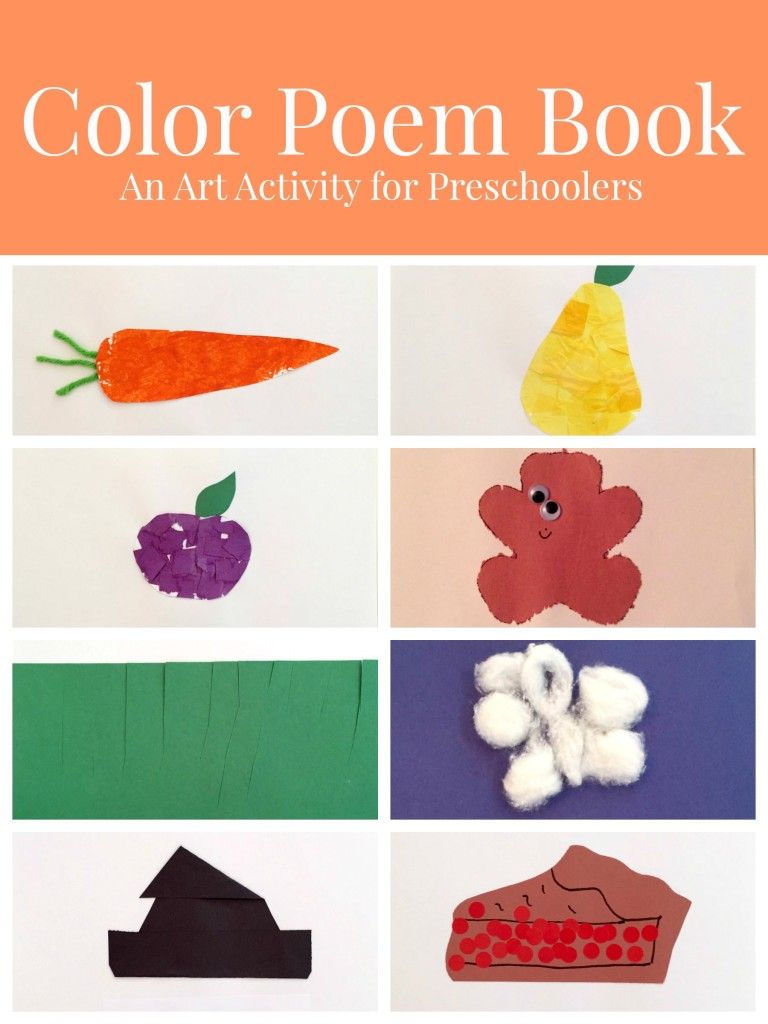 Cut apart and place on a preschool table with some color manipulatives of your choice. Pom poms are always a popular choice, but you can also use legos, buttons, or transparent color counters.
Cut apart and place on a preschool table with some color manipulatives of your choice. Pom poms are always a popular choice, but you can also use legos, buttons, or transparent color counters.
Now, invite your toddler or preschooler to join you in some fun color learning activities.
How to Use This Printable to Teach Colors
The primary activity that inspired this simple (but oh-so-fun) preschool activity is straightforward. Invite your preschooler to use their fingers, tongs or tweezers to sort the pom poms into the Christmas tree sorting mats.
Using the tweezers can be hard for many preschoolers. They are hard to “tweeze”, which is by design because it really works on strengthening their hands. You can read more about the importance of hand strengthening here, here, and here.
Preschoolers who do not have the hand strength to use the jumbo the traditional way may try to use two hands. I do not correct my preschoolers when this happens. I always demonstrate how to properly hold and use the jumbo tweezers, however I don’t try to “fix” their grasp of the tweezers.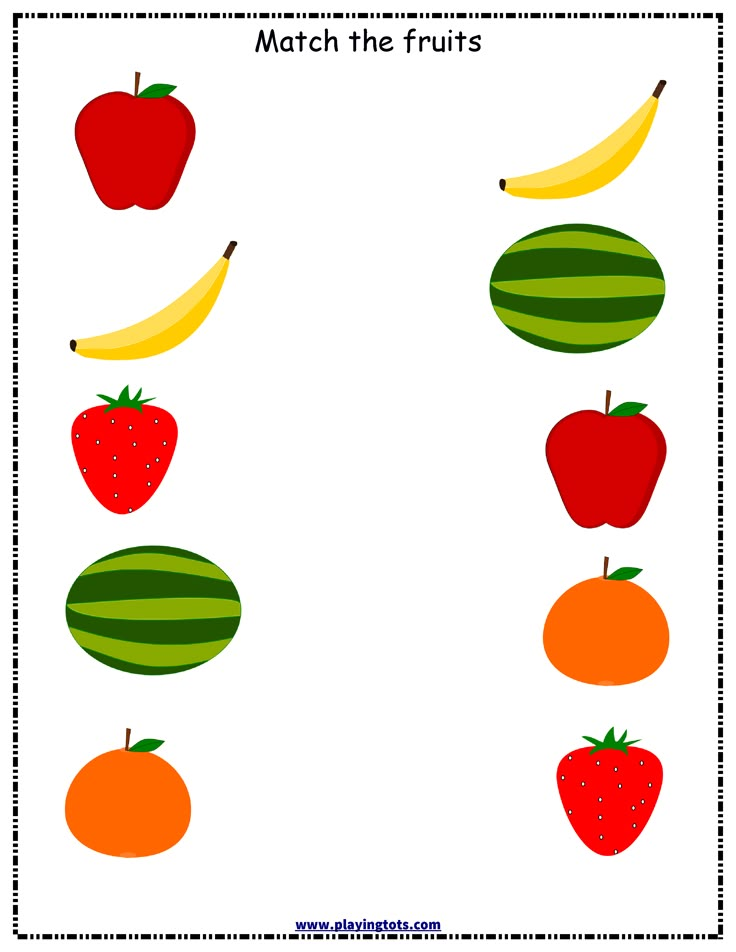 Like developing pencil grasp, their grasp of the tweezers will change and progress as their hands and fingers develop more strength.
Like developing pencil grasp, their grasp of the tweezers will change and progress as their hands and fingers develop more strength.
Alternatively, young preschoolers or toddlers might choose to use their hands to transfer the pom poms. This is ok, too. Picking up each pom pom requires the use of the pincer grasp, so they will still be working on fine motor skills.
Now, since the Christmas trees also have ornaments, preschoolers can be invited to count each one and then add their counters over the top of each ornament. This will challenge their hand-eye coordination and dexterity.
Be sure to grab your free Christmas printable at the end of this post.
More Ideas for Teaching Colors to Preschoolers
There’s nothing I appreciate more than being able to print off a single printable and have a ton of different ways to use it. That saves me both time and money. Here are a few other ways to use these Christmas Tree Color Sorting Mats.
- Provide older preschoolers with various color sorting manipulatives that may be more difficult to use with tweezers.
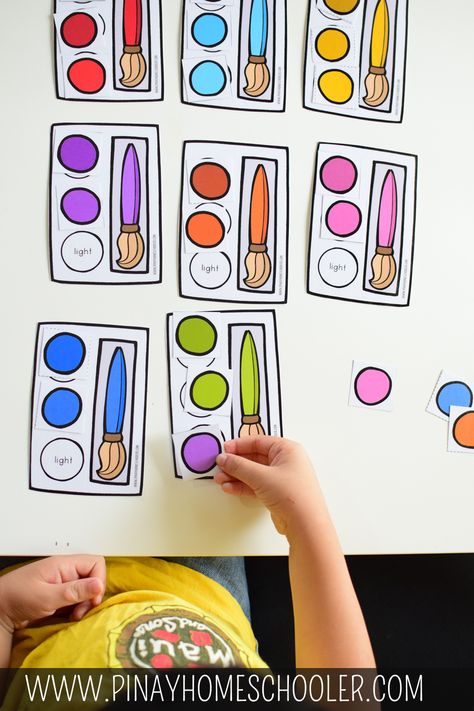 Connecting cubes, for example, may be more difficult.
Connecting cubes, for example, may be more difficult. - Add even more fine motor fun by inviting your preschoolers to make their own rainbow pom poms by crumpling up construction paper or tissue paper.
- Try the opposite and present the mats already filled with manipulatives and invite your preschoolers to remove them.
- Or, cover the mats with random colors of pom poms and have your preschooler practice color sorting by removing all the wrong colors from each mat.
- Invite younger preschoolers to just explore using the tweezers or tongs. Don’t worry about the color sorting.
- Add a math component by rolling a die and inviting your preschooler to count sets of pom poms onto the rainbow Christmas tree mats.
- Make small copies, and multiple copies, of the rainbow Christmas trees to place in a sensory bin. Throw in all your rainbow pom poms and some scoops to make a complete Christmas sensory bin.
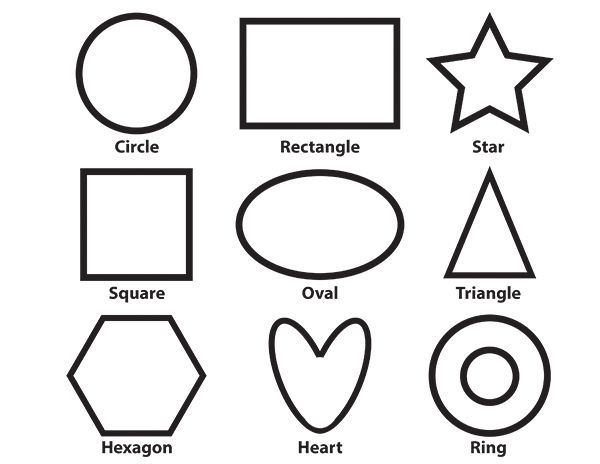
Grab Your FREE Christmas Printable Here
Just click on the image below and your printable will be delivered to your email.
Looking for More Printable Activities to Teach Colors?
Here are some other free printables that also teach colors.
Sarah Punkoney, MAT
I’m Sarah, an educator turned stay-at-home-mama of five! I’m the owner and creator of Stay At Home Educator, a website about intentional teaching and purposeful learning in the early childhood years. I’ve taught a range of levels, from preschool to college and a little bit of everything in between. Right now my focus is teaching my children and running a preschool from my home. Credentials include: Bachelors in Art, Masters in Curriculum and Instruction.
stayathomeeducator.com/
MDOU "Kindergarten No. 85" of the city of Yaroslavl
Color World
Dear parents!
Developing the creative abilities of your children, we introduce preschoolers to the color . Color is mastered by children early and occupies a special place in a number of expressive means.
Color is mastered by children early and occupies a special place in a number of expressive means.
The development of color as a means of expression has its own dynamics: from monochromaticity through multicolor to strict color relationships and the assimilation of the laws of color combinations.
Sensor color standards are chromatic colors - red, green, blue, violet (rainbow spectrum) and achromatic colors - white, gray, black, as well as shades of all colors by lightness and saturation.
From an early age, the child knows three basic colors (red, blue, yellow) - these are
primary (or primary) colors from which all others are obtained by mixing. These three colors cannot be obtained by mixing any of the others.
From the second younger group, children begin to mix colors and receive secondary (additional or mixed) colors. These are the colors that can be obtained by mixing a pair of primary colors (yellow and blue make green, red and yellow make orange, blue and red make purple).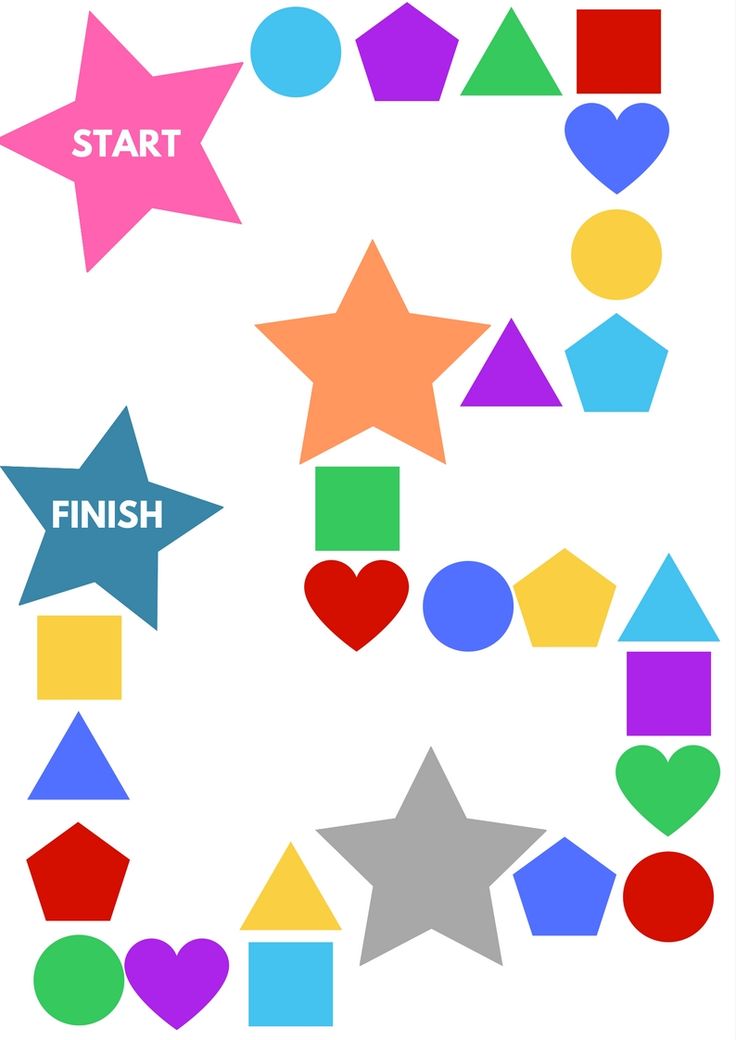
There are tertiary (derivative) colors that are obtained by mixing (combining) primary and secondary (for example, yellow and green give us yellow-green).
Mixing two colors that are not in a row in the spectrum gives an intermediate color between them, and mixing two neighboring colors gives a shade (for example, red-orange).
In nature and works of art, colors are found in complex and varied combinations.
Chromatic colors are divided into two groups - warm (from red to yellow) and cool (from green to purple) tones.
Each chromatic color or hue has a specific lightness, brightness and saturation.
The brightness of the color allows us to distinguish one color from another and give it a name.
Lightness is the degree of proximity of a given color (or shade) to white, and
saturation - the degree of its purity, that is, impurities to a given gray color of the same lightness.
In everyday life, when they denote shades of color, they usually indicate their lightness (dark green, light yellow), meaning brightness. Therefore, it is quite enough if children learn the variability of color tones in terms of lightness and the corresponding names of shades.
Some light shades have special names in everyday life (light red is called pink). It is quite acceptable for children to use the names of these shades (except for the incorrect name of light blue as blue). This refers to the naming of shades by hue (i.e., those occupying an intermediate position between neighboring colors of the spectrum). Almost all of them have “objectified” names in everyday life (lemon, lilac, raspberry, etc.)
Looking at pictures with a child, we rarely see individual colors, because the overall impression that a picture creates does not depend on each color separately, but on combination and interaction with other colors. Some colors are so dependent on each other that they are called complementary.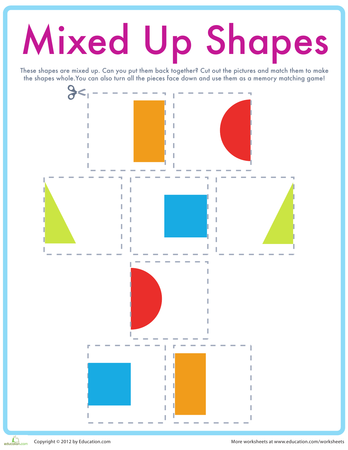
Referring to the color wheel, you can immediately determine which colors are complementary.
It's very simple: the complementary colors on the circle are opposite each other.
Red is the complementary color to green, yellow to purple, and blue to orange.
How Primary and Mixed Colors Become Complementary.
The relationship between primary and mixed colors is illustrated by the double color wheel. Primary colors are in the inner circle, mixed colors are in the outer circle. Complementary colors are opposite each other. The complementary color in relation to one of the main ones is a mixed color, the latter is based on two main ones.
Complementary for a mixed color is the main color that is not included in its composition. Thus, the mixed orange color, being a mixture of red and yellow, acts as a complementary color for the third primary color, which is not involved in its creation - blue.
By the age of seven, preschoolers can convey their emotional state and attitude to the depicted through a color image.
What are colors for?
Colors are given for the greater joy of life, which is created by excitement and harmony.
Yellow - warm, affectionate, kind, cheerful.
Blue - high, cool.
Green - cool, cozy, calm.
Blue - deep, watery, cool.
Purple - delicious, cold, odorous, sad.
Material prepared
teacher Paskhin L.L
09/12/2013
Familiarization of preschool children with color. | Article (junior group):
In fine art , color serves as a faithful reproduction of real objects in a real environment. The human eye has the ability to distinguish 7 basic colors and 150 color shades (tones) . Allocate primary colors or pure (red, blue, yellow) and composite (all others formed from the combination of primary colors ).
The human eye has the ability to distinguish 7 basic colors and 150 color shades (tones) . Allocate primary colors or pure (red, blue, yellow) and composite (all others formed from the combination of primary colors ).
Color wheel is usually divided into two parts - warm and cold. Warm colors are close in color to the sun - these are red, orange, yellow. Cold colors - blue , purple, blue. These colors are associated in the representation of a person with ice, moonlight. And green color occupies an intermediate position. It can be both warm and cold, depending on the predominance of yellow or blue in it. For example, herbal greens are closer to warm colors , and emerald greens are closer to cold ones.
Since ancient times, people have attached color special value . They perceived and felt colors differently.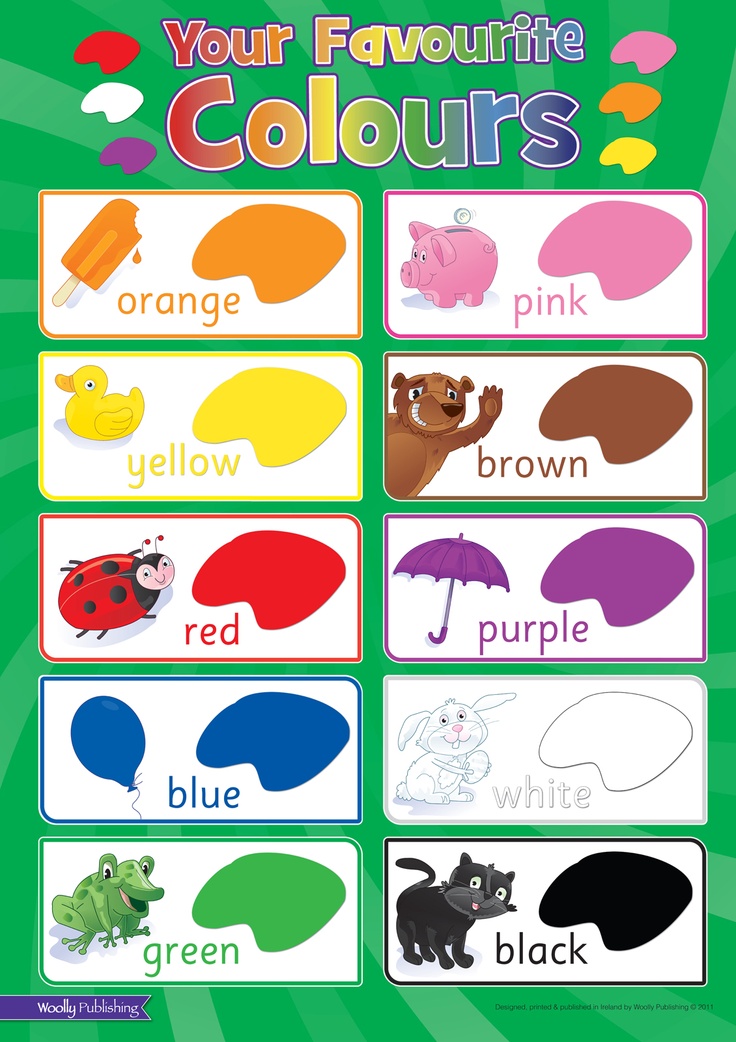 It can be assumed that ancient people did not see all those colors that we see. It is believed that at first people learned to see brighter colors - red and yellow , and then blue and green.
It can be assumed that ancient people did not see all those colors that we see. It is believed that at first people learned to see brighter colors - red and yellow , and then blue and green.
It is known that the palette of ancient Greek painters consisted of only four colors : red, ocher, black and white.
Gradually the palette became richer, but the artists continued to confuse blue and green for a long time colors , and lilac and violet colors began to be distinguished even later. But these are only assumptions.
It can be said that the perception of the world was more picturesque in the North, where high humidity gives soft transitions color tones . Therefore, the artists were forced to look more closely at the rich play of shades of the color of the sky , earth, sea, distance. This gradually led to the birth of coloristic painting in Venice, Paris, Amsterdam, London.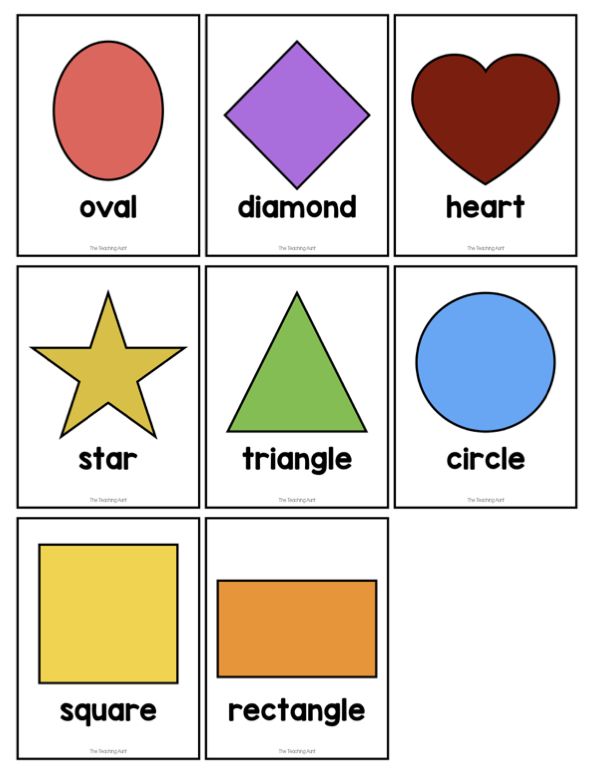 It was also important that the artists went out to paint pictures in the open air (plein air) . This developed their perception of the color .
It was also important that the artists went out to paint pictures in the open air (plein air) . This developed their perception of the color .
Thus, the development of color perception in people is helped by nature itself.
The action of color is due to the direct effect on the human body and the associations that cause color . A single system of symbolic meaning colors has never existed, but over the centuries certain color symbols have developed that are understandable to everyone. Consider the symbolic meaning of individual colors .
Red color is fire , warmth, sun, the color of our blood , which means is the color of life . Fire has played an important role in human life since ancient times.
But at the same time red is the color of danger . A red traffic light warns us to stop.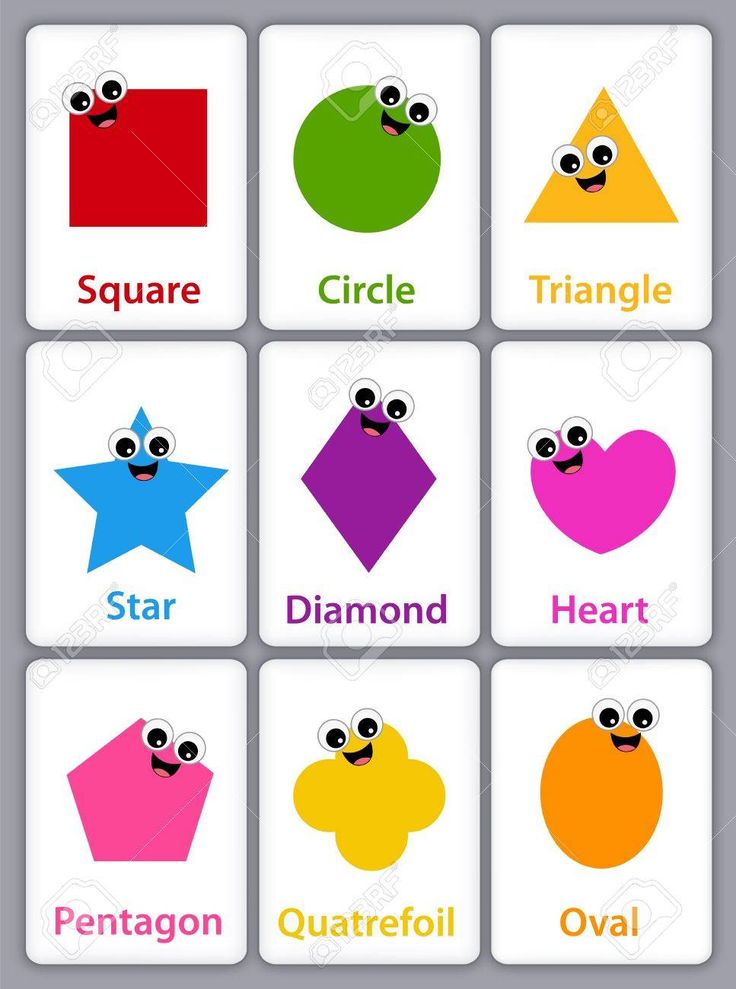 Most of the color signals around us are red color .
Most of the color signals around us are red color .
Red color expresses solemnity, means respect , honor, it is also called royal color . This is how red carpets are laid out for dear guests as a sign of special respect; kings preferred to wear robes red color ; Persian kings wore red clothes embroidered with golden birds.
In China, red is the symbol of the Phoenix bird, which has the ability to burn itself and be reborn from the ashes.
In Japan, where there is a cult of the Sun, red is the color of the sun , brings harvest, prosperity. The Japanese believe that red color protects from trouble , evil forces, illnesses, misfortunes. The national flag of Japan features a red disk of the sun.
In Russia, red color was considered the most beautiful (“red girl”, “red corner in the hut”, “not red hut with corners, but red with pies”, red sundress, red shirt). Red color in Russian folk culture was a talisman. Clothes were sewn with red thread.
Red color in Russian folk culture was a talisman. Clothes were sewn with red thread.
Red color also symbolizes love. Red roses are given as a sign of love, and a red heart is drawn on postcards.
Orange color - also the color of the sun . Very cheerful color , bringing success and good luck. All the sun gods were dressed in golden robes and rode in golden chariots. Sunlight reflections echo gold, orange and yellow colors .
Not much orange in nature .
Yellow color has many meanings and shades. With yellow color is associated with sunlight, it gives a sense of truth, creativity and inspiration.
But in the culture of different nations there is a belief that yellow color means treason , cowardice, fear.
Green color - the color of nature itself , color of life , color of immortality .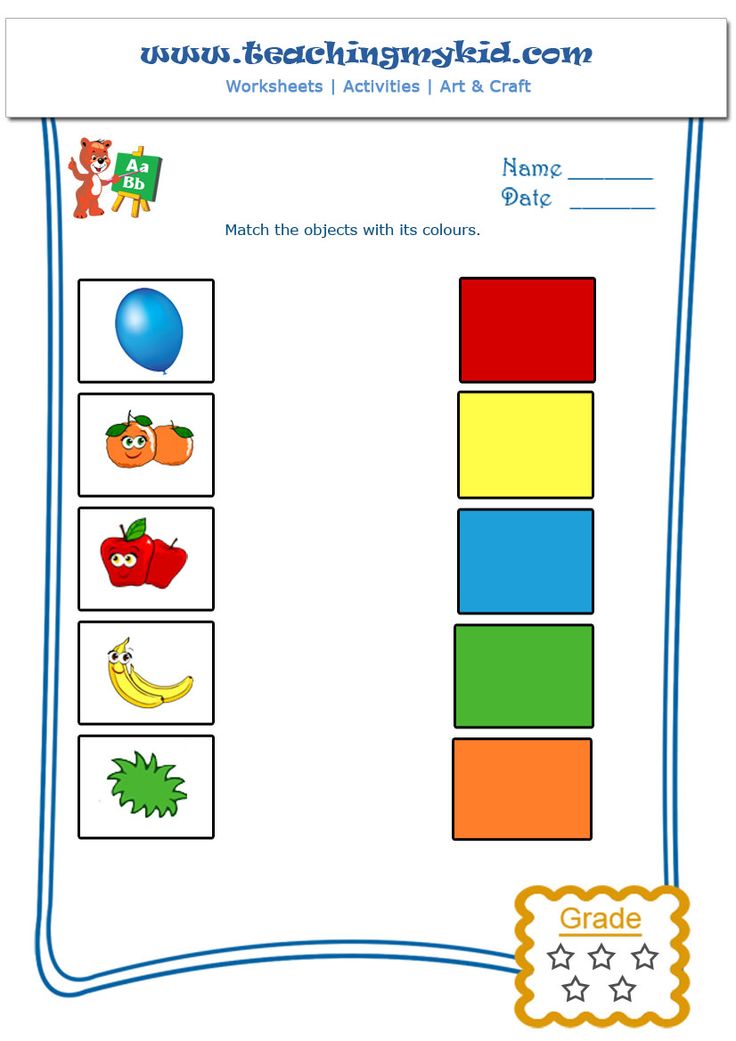 This is the world of green plants, a symbol of renewal, rebirth, youth, youth, hope.
This is the world of green plants, a symbol of renewal, rebirth, youth, youth, hope.
Light blue and blue - the color of the sky and water , communication and emotionality. It is lightness, airiness, purity, coolness. Blue symbolizes eternity, stability, mystery and truth.
Violet - color of philosophers and poets , knowledge of the truth . Beautiful pure purple color is associated with the intellectual abilities of a person.
White color - a symbol of purity , innocence, tenderness.
Black color - a symbol of mourning , sadness and a symbol of solemnity and severity.
Among different peoples, the same color could be given different symbolic meanings.
So, the perception of color is individual for people. It depends on gender, age, mood, life experience and many other reasons.
Peculiarities of children's perception lie in the fact that the child's visual apparatus is not yet sufficiently formed and assessments of the mental, physiological and aesthetic order are on an equal footing and are closely related to moral ones.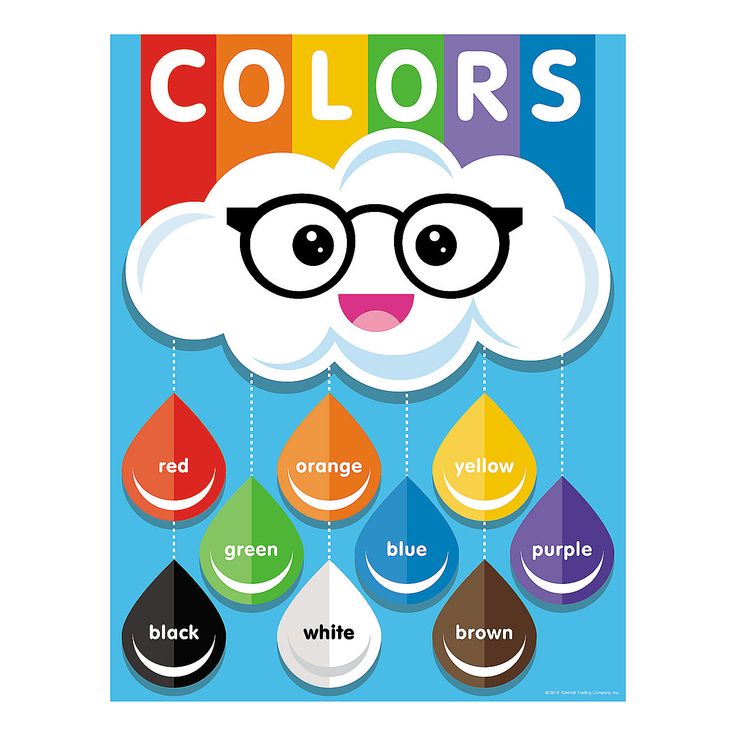 A child, mastering the world around him, culture, including color culture , must master certain standards color , that is, learn to see the world in all its diversity color and systematize what he sees and what he acts with.
A child, mastering the world around him, culture, including color culture , must master certain standards color , that is, learn to see the world in all its diversity color and systematize what he sees and what he acts with.
The reaction of children of preschool age to objects of different colors testifies to the influence of color , its impact on the emotional sphere. It is characteristic that on sunny clear days, children under one year of age are more likely to follow the movement of objects painted in green and blue.0003 colors , and on cloudy days their attention is drawn to objects painted in yellow, orange colors .
Children 2–3 years old still have the same attitude towards different colors . A child of this age is happy to cover the surface of a sheet of paper with any color . But by the age of four, children perceive color as a means of decoration.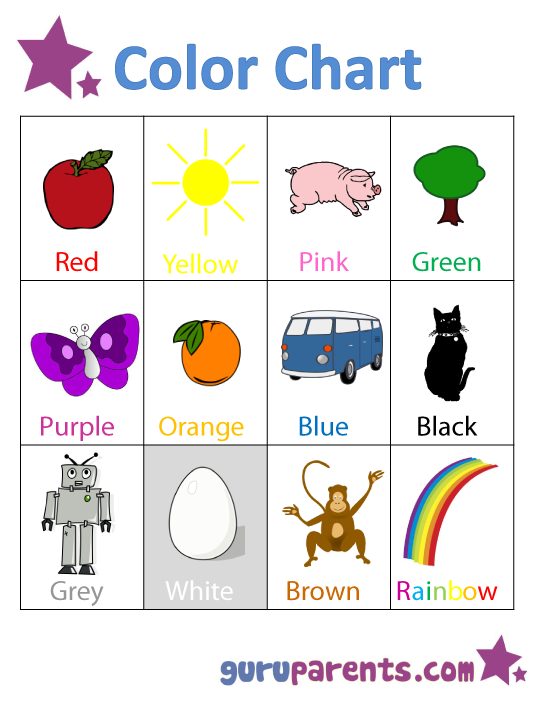 As V. S. Mukhina established, children of this age express with color their attitude towards beautiful and ugly. Beauty is depicted bright and clean colors , and mostly yellow, orange, red colors. And not beautiful is painted with dark color .
As V. S. Mukhina established, children of this age express with color their attitude towards beautiful and ugly. Beauty is depicted bright and clean colors , and mostly yellow, orange, red colors. And not beautiful is painted with dark color .
Another tendency is also observed : the child tends to depict objects in accordance with their actual color . At the same time, children perceive the color of certain objects as their obligatory feature and color them, as a rule, in a standard way, without taking into account the illumination and individual differences. This is due to the fact that when drawing, children often use not their own visual representations of the color of the subject , but learned from adults. Therefore, in most cases, children's works are filled with color stamps : blue sky, yellow sun, green grass.
According to N.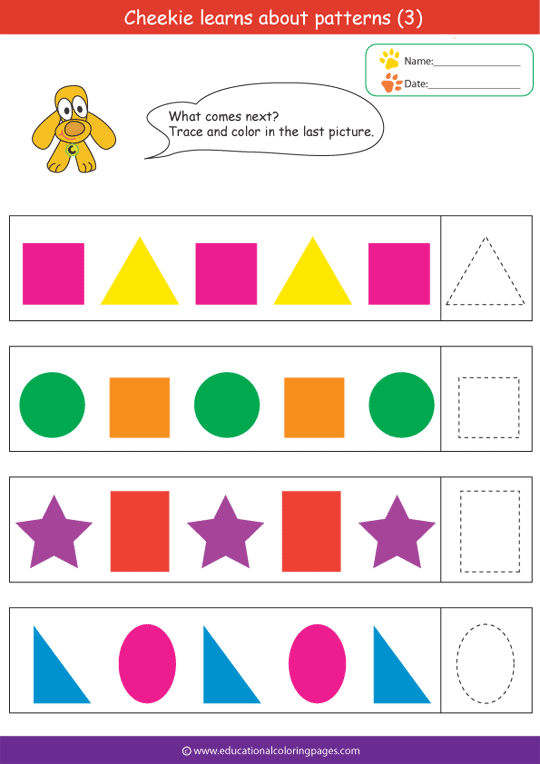 P. Sakulina, the lack of use colors in drawings cannot be motivated by the incompleteness of color perception , allegedly characteristic of children. With appropriate pedagogical work, children aged 5-6 develop subtle color perception .
P. Sakulina, the lack of use colors in drawings cannot be motivated by the incompleteness of color perception , allegedly characteristic of children. With appropriate pedagogical work, children aged 5-6 develop subtle color perception .
In the practice of kindergartens, mastering color is organized through the solution of two interrelated tasks :
1. Formation of a sense of color as an integral part of sensory education.
2. Children's mastery of the reference system of properties and attributes of objects directly in the visual activity.
By the end of kindergarten, the child should master the ideas about the variety of chromatic colors and their shades , as well as learn the principles of choosing color gamut to create an image.
Children learn to distinguish color characteristics and assimilate their names directly in the process of examining specific objects and reproducing them in a drawing.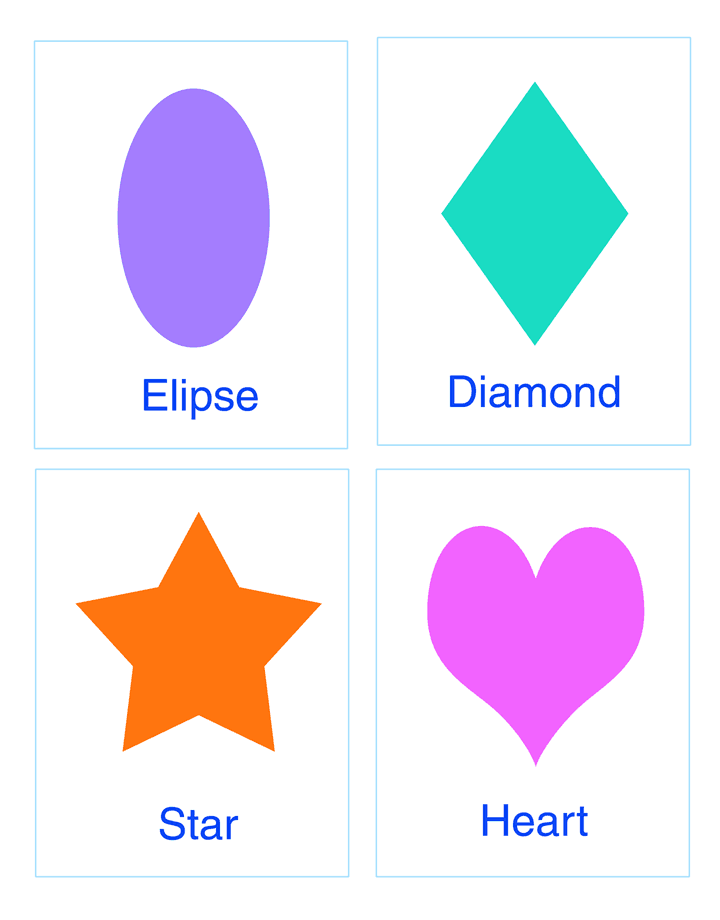
Of particular difficulty is the process of familiarizing children with the principles of choosing colors for creating a particular image. The child, as is known, does not so much see color as he knows about it, and, in accordance with this knowledge, paints certain objects. Because at the first stages of mastering the ideas of color , as illustrative examples, he is offered specific objects containing pronounced reference features.
The formation of children's ideas about color should be carried out in parallel with teaching the methods and techniques of drawing.
Consider how is introduced to color in each kindergarten age group.
The first junior group.
For children of younger preschool age, it is necessary to choose such visual material that does not require great skills from them and at the same time allows them to solve color tasks .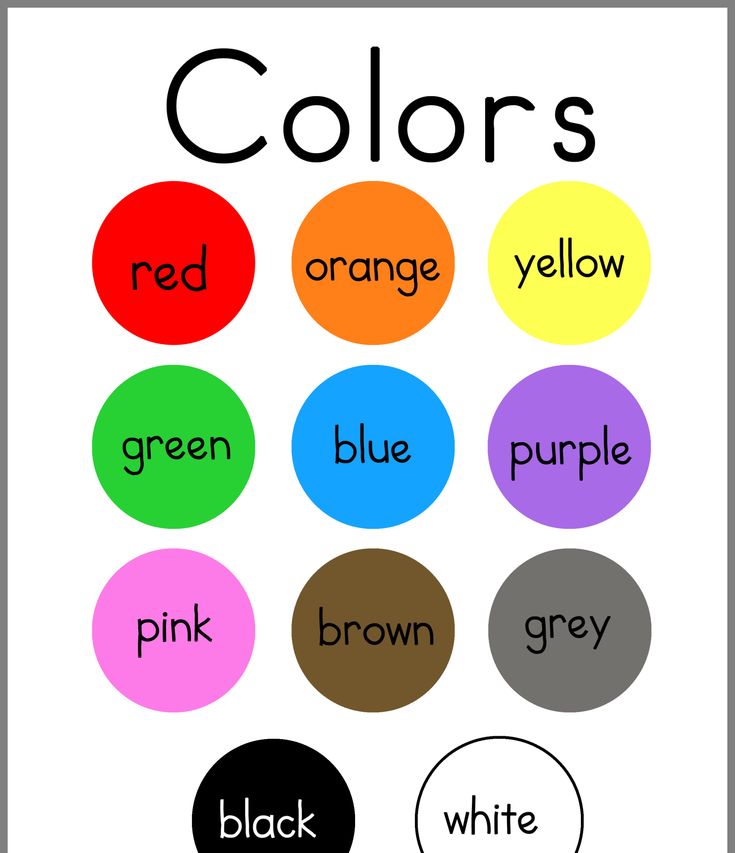 It can be colored pencils . The set should be small, up to six pencils. Children are introduced to the main colors (red, blue, yellow, green color and achromatic colors (black, white) . Or suggest gouache paints for drawing, because gouache gives a bright juicy color spot .
It can be colored pencils . The set should be small, up to six pencils. Children are introduced to the main colors (red, blue, yellow, green color and achromatic colors (black, white) . Or suggest gouache paints for drawing, because gouache gives a bright juicy color spot .
When familiarizing younger preschoolers with color , you can use didactic toys in which 9 is pronounced0003 color : intensely colored balls, rings, turrets, pyramids, nesting dolls, balls, flags, etc.
Game is the leading activity in which children aged 2-3 years old gain knowledge about color . These are games - instructions :
“Find the same ball”,
“Compose a tower of yellow rings colors” ,
“Multi -colored lotto” ,
“Choose a ball of such a color , what is collar color and roll it”,
“Who has this color dress ?”…
The main task when conducting such games is to focus the attention of children on color , teach them to distinguish and correctly name the main colors .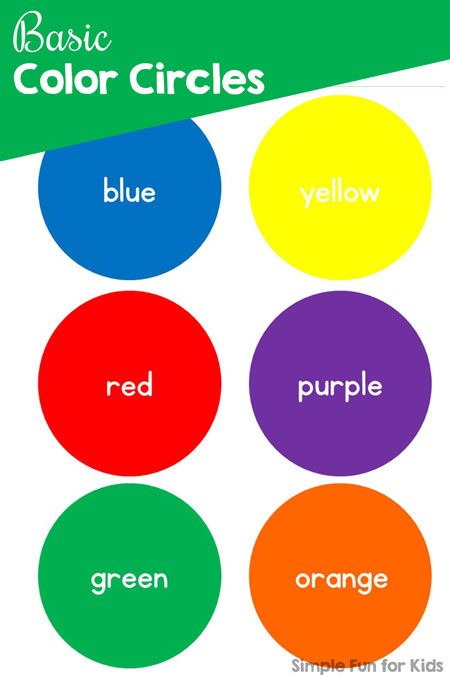
It is necessary to pronounce the names of colors more often, not hoping that the child himself will transfer the color of the word to , his denoting . This may not happen, because at this age color is still closely associated with a particular subject.
Second junior group.
Children of the second junior group (3-4 years old) already distinguish shades - pink, blue, gray and correctly correlate them with the main color . But children consistently master the exact name of the shade. Often children use their own names : they call shades of low intensity “a little red”, “a little blue”, they express the saturation of light with the words : “completely - completely green”, “very - very red”, etc.
Didactic games, which can be used in working with children
Middle group.
The main acquaintance with color occurs in the fifth year of life. From 4 to 5 years old, children learn the names of colors with an indication of lightness, get acquainted with the location of colors in the spectrum , learn to independently receive shades colors (light and dark) .
From 4 to 5 years old, children learn the names of colors with an indication of lightness, get acquainted with the location of colors in the spectrum , learn to independently receive shades colors (light and dark) .
To deepen children's ideas about color , a new technique is introduced - mixing colors on a palette. By adding white to the main color , children get light shades (pink, blue, light green, etc., and adding a little black, they get dark shades (dark green, dark blue, dark red) .
Didactic games :
“Name it in order”,
“Round dance”,
“ Color loto” ,
“ Colorful water” ,
“Collect a bouquet”,
“ Colored top06”, etc.
At this age, the colorfulness of children's works is contradictory : it expresses the child's attitude to the world and serves as a conventional designation for the coloring of objects .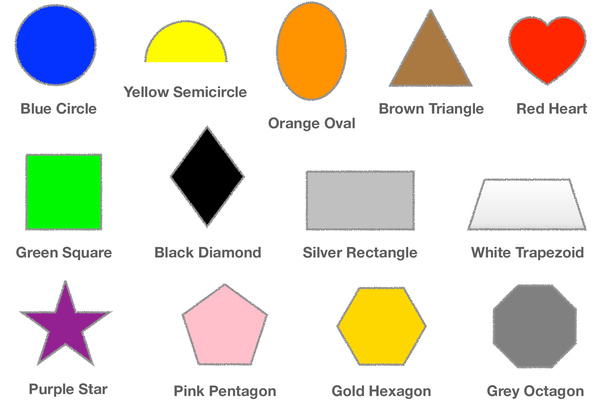
For acquaintance with the color in the middle group, folk crafts of Russia are widely used. For example, Gzhel products introduce children to blue, light blue colors and their shades ; Khokhloma products - with a range of warm colors (yellow, red, orange) . The Dymkovo toy introduces the color brightly and colorfully. And in the classroom for decorative drawing, appliqués, they are happy to perform paintings based on folk motifs, maintaining their characteristic color scheme .
Senior Preschool .
At the senior preschool age children learn all colors of the rainbow , their shades, mix paints to obtain shades, use tonal combinations of the same color . Children know the range of warm and cold colors . At this age, children are led to perceive colors as a means of conveying mood.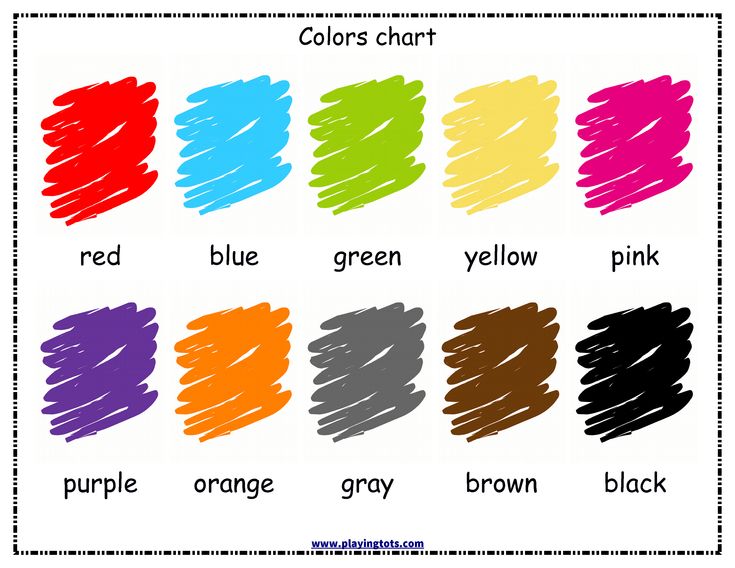
To solve these problems, games are used :
“Choose your neighbor”,
“Pyramid” (drawing up a series by lightness,
“ Colorful water” ,
“Magic colors” (obtaining shades,
“Tea set” and “Visiting the sun” (grouping colors of the spectrum into warm and cold) .
The color environment must be dynamic, changing depending on the season (bouquet flowers , prints, compositions of autumn leaves) . Bright golden-crimson bouquets of autumn leaves give a variety of visual perception of color shades .
Nature also introduces children to color . Scientists have found that in the summer in the middle lane, nature gives 123 shades of green color . But, drawing the attention of children to the richness and diversity of colors in nature , enriching their impressions, the educator should not turn nature into a didactic tool, pulling out of it only color .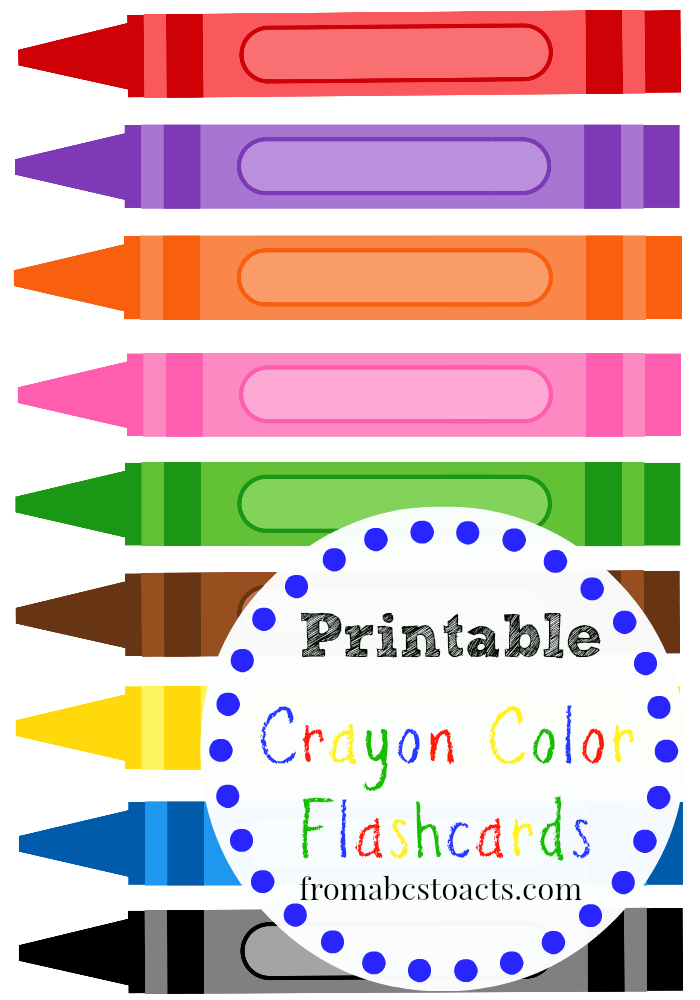 It is always necessary, even for small children, to show color not in isolation from an object, phenomenon, image, but as a whole life impression, quite complete and alive. It would not be right to consider a butterfly with children only for its color . Yellow the color of the butterfly lives , plays, burns when children see it flying among the greenery. Green striped watermelon looks good among the leaves or next to a yellow ripe pumpkin. If it’s winter outside, you can see that depending on the light, the snow is either blue, or lilac, or matte, or sparkling, iridescent.
It is always necessary, even for small children, to show color not in isolation from an object, phenomenon, image, but as a whole life impression, quite complete and alive. It would not be right to consider a butterfly with children only for its color . Yellow the color of the butterfly lives , plays, burns when children see it flying among the greenery. Green striped watermelon looks good among the leaves or next to a yellow ripe pumpkin. If it’s winter outside, you can see that depending on the light, the snow is either blue, or lilac, or matte, or sparkling, iridescent.
On a walk, the teacher draws the children's attention to the changing color of the sky , water at different times of the day, in different lighting conditions, in different natural surroundings. Helps this and the display of works of fine art. They serve not only as an interior decoration, they are examined, conversations are held on them.




